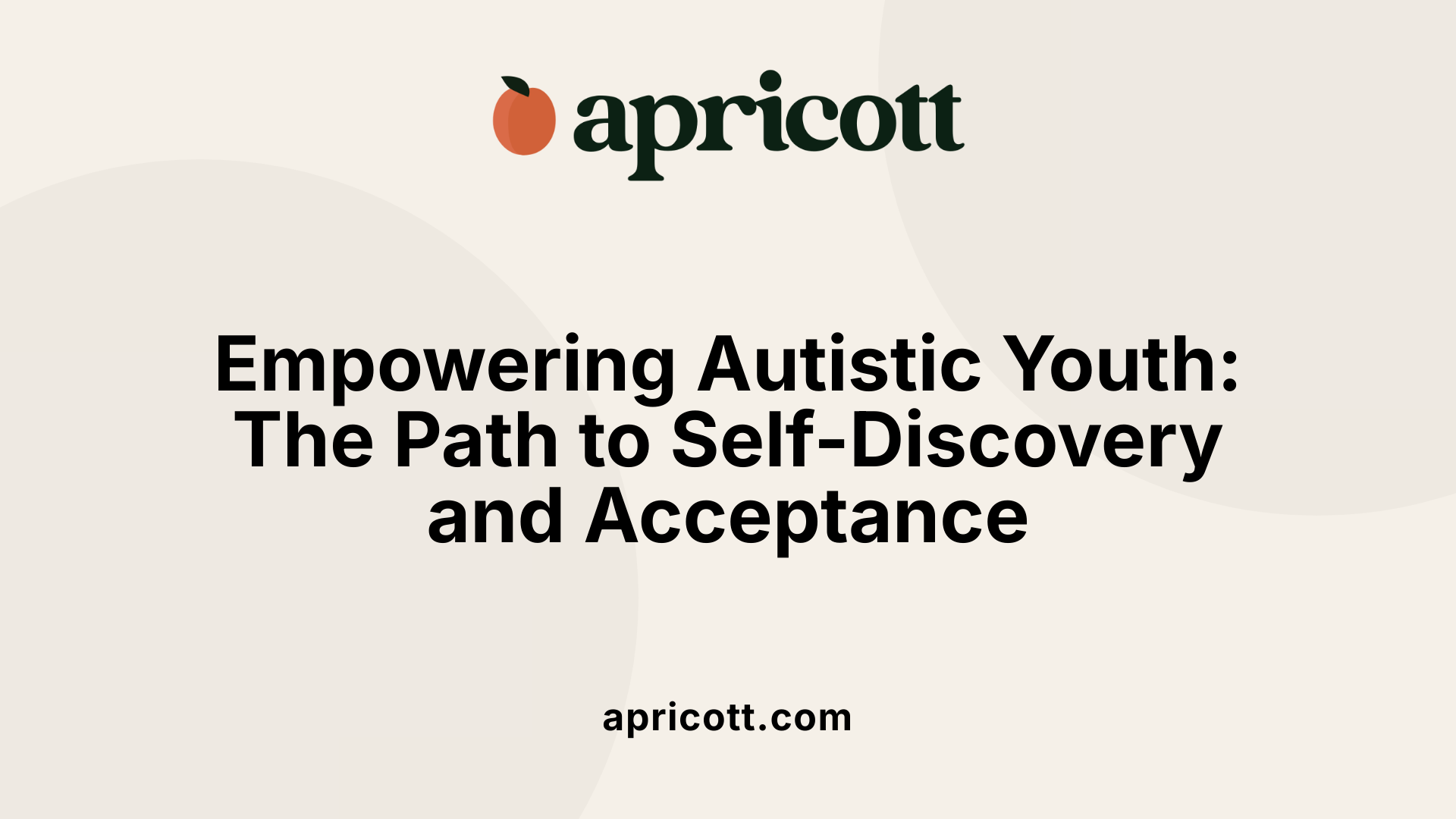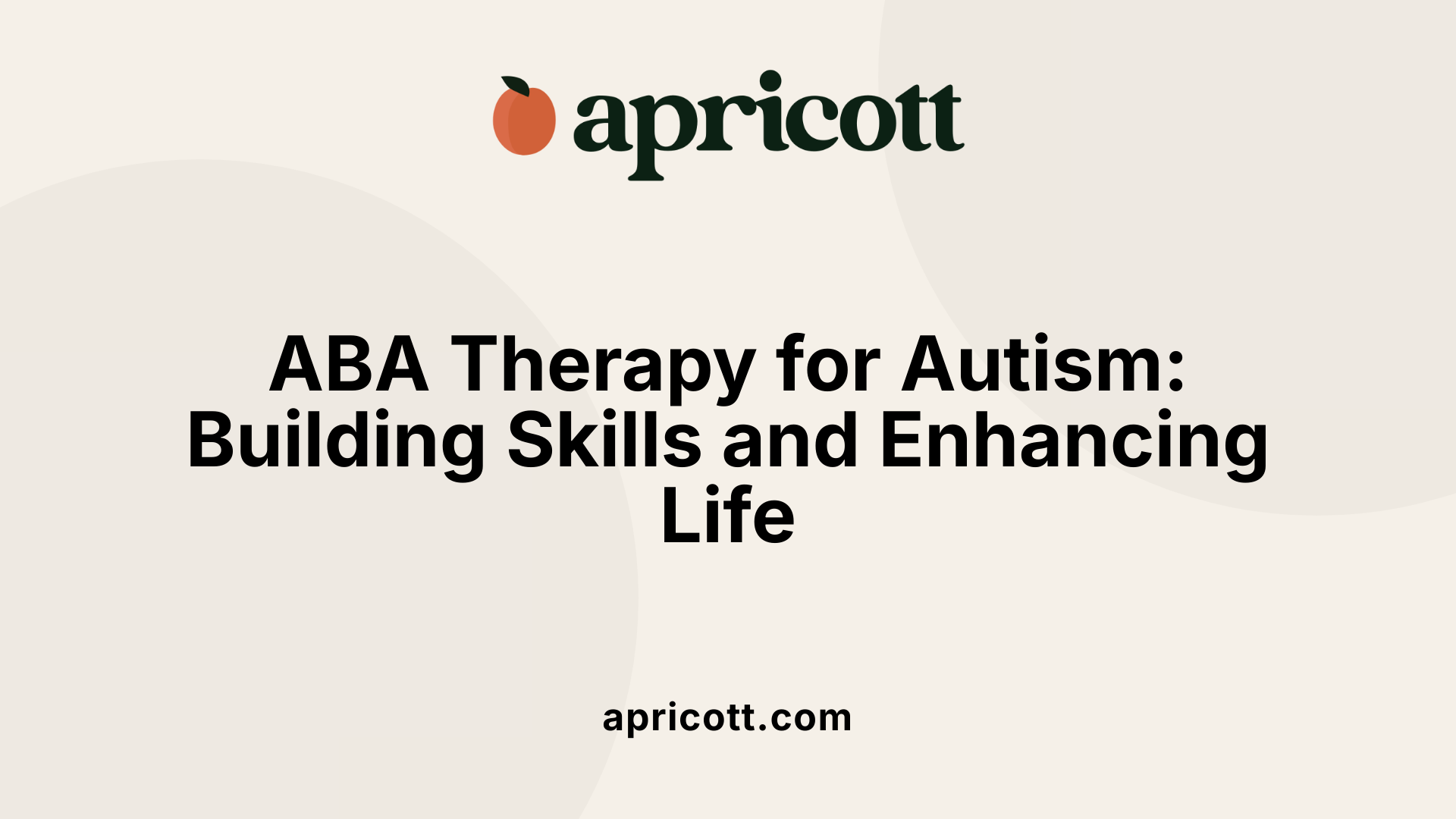December 2, 2025
Understanding Self-Awareness Among Autistic Individuals
Autism Spectrum Disorder (ASD) is a complex neurodevelopmental condition characterized by a variety of cognitive, social, and behavioral differences. One important question many ask is whether autistic people themselves are consciously aware of their autism. Awareness can vary widely depending on factors such as age at diagnosis, cognitive abilities, emotional support, and the availability of informative interventions. This article explores the spectrum of self-awareness in autistic individuals, drawing upon recent research to deepen our understanding of how autistic people recognize, experience, and understand their own traits and diagnosis.

Self-awareness in autistic adolescents refers to the ability to recognize and understand one's own autistic traits, strengths, and challenges. This awareness is a vital developmental milestone that can empower youth to better manage their experiences and navigate social and emotional complexities linked to Autism Spectrum Disorder (ASD).
Psychoeducational interventions are structured programs designed to increase knowledge and understanding of autism, promoting self-reflection and coping skills. The ACAT (Awareness and Care for My Autistic Traits) program is a notable example that combines cognitive-behavioral therapy (CBT) and family psychoeducation tailored for autistic adolescents and their families.
Evidence from studies reveals that participation in psychoeducation programs like ACAT significantly enhances autistic adolescents' self-awareness of their autistic traits. For instance, adolescents who completed ACAT showed a large effect size improvement (Cohen's d = 1.51) on the Autism Knowledge Quiz-Child (AKQ-C). This demonstrates that psychoeducation helps autistic adolescents recognize both their individual strengths and difficulties associated with autism.
By identifying their distinct autistic traits, adolescents can develop a clearer sense of identity and self-understanding. Recognition of traits facilitates acceptance and can be the foundation for developing personalized strategies to navigate day-to-day life challenges. This personalized insight supports emotional regulation and social interaction, essential areas of development during adolescence.
Stigma surrounding autism and associated treatments often creates barriers to help-seeking and social integration. Participation in the ACAT program led to a significant decrease in treatment-related stigma among autistic adolescents. This reduction in stigma is crucial because it can foster more willingness to engage in therapy, participate in social activities, and build supportive relationships.
Beyond increasing autism awareness and reducing stigma, psychoeducational CBT programs have demonstrated meaningful improvements in general mental health for autistic youth. The Strengths and Difficulties Questionnaire (SDQ) scores decreased after participation in ACAT, indicating fewer emotional and behavioral problems. This improvement highlights the potential of psychoeducation to not only support self-awareness but also reduce common co-occurring mental health issues in ASD, such as anxiety and behavioral difficulties.
While the ACAT program showed positive effects on mental health and self-awareness, it did not significantly change social adaptation scores measured by the Vineland Adaptive Behavior Scales or depressive symptoms. Additionally, parental mental health, stigma, and resilience levels remained stable. These findings suggest that although psychoeducation programs greatly benefit self-understanding and mental well-being, they may need to be complemented with other interventions to fully address social skills and parental support.
| Aspect | Description | Impact Highlighted |
|---|---|---|
| Self-Awareness | Understanding one’s autistic traits | Large improvement in Autism Knowledge Quiz-Child |
| Recognition of Traits | Identifying strengths and challenges | Promotes acceptance and identity development |
| Stigma Reduction | Decreased treatment-related stigma | Facilitates help-seeking and social integration |
| Mental Health | Reduction in emotional and behavioral problems | Evidenced by decreased SDQ scores |
| Social Adaptation & Depressive Symptoms | No significant change in measured outcomes | Indicates need for complementary therapies |
The journey of self-awareness for autistic adolescents is enhanced significantly by psychoeducational programs like ACAT. These interventions empower youths to better understand themselves, reduce stigma, and improve mental health, forming a critical foundation for their well-being during the transition to adulthood.

Self-awareness of autistic traits plays a pivotal role in the mental health and well-being of autistic adults. Programs like ACAT (Awareness and Care for My Autistic Traits) have shown considerable success in increasing autistic adolescents' and young adults' understanding of their own traits. This enhanced awareness fosters recognition of personal strengths and challenges, leading to better self-understanding and acceptance.
Moreover, increased self-knowledge reduces treatment-related stigma, a significant barrier that often impedes help-seeking behaviors and social integration. By diminishing stigma, individuals may feel more comfortable engaging with therapy and support services, which can ultimately improve mental health outcomes.
The age at which autism is diagnosed can significantly influence adults' experiences. Early diagnosis is traditionally linked to more favorable outcomes, particularly when coupled with early intervention. However, many adults receive a diagnosis later in life, which can contribute to feelings of confusion or relief, depending on individual circumstances.
Late diagnosis may delay access to support and therapies tailored to autistic needs. Yet, recognizing one's diagnosis even later can empower adults to seek appropriate resources, cultivate self-awareness, and reduce internalized stigma. It also underscores the importance of comprehensive assessments throughout adulthood, including behavioral evaluations and emerging diagnostic tools such as retinal examination and neurocognitive testing.
Cognitive function in autistic adults varies widely, with effects seen in sensory perception, processing speed, and social cognition. Neurological differences, such as cortical excitability disruptions and white matter abnormalities, underpin many of these cognitive variations. Neural connectivity irregularities influence how information is integrated and processed, impacting learning, memory, and social interactions.
Sensory processing differences, often associated with ASD, can affect attention and response to environmental stimuli. Neurotransmitter imbalances, particularly involving glutamate and GABA, further modulate cognitive processing and plasticity, contributing to individual differences seen in the autism spectrum.
Mental health conditions disproportionately affect autistic adults compared to the general population. Elevated rates of anxiety, depression, and other psychiatric disorders have been documented, with particular vulnerability noted between ages 40 to 54. Women on the spectrum may experience unique challenges, including more pronounced menopausal symptoms and depressive episodes.
These mental health challenges often intertwine with social difficulties, stigma, and the stress of navigating a neurotypical world. Programs incorporating cognitive-behavioral therapy (CBT) elements, like ACAT, help reduce emotional and behavioral problems by enhancing understanding and coping skills.
Research indicates that cognitive aging in autistic adults generally parallels patterns observed in neurotypical populations. Despite common concerns, there is little evidence supporting an accelerated cognitive decline specific to autism. Nonetheless, challenges in social cognition and quick decision-making may persist or become more noticeable with age.
Physical health issues, comorbid conditions, and social support play critical roles in the aging process for autistic individuals. Understanding subgroups within the spectrum assists in tailoring support and resources to meet the diverse needs of aging autistic adults.
Given the heterogeneity of autism, interventions must be personalized, considering age, sex, cognitive profile, and diagnosis timing. Behavioral therapies incorporating psychoeducation and CBT strategies help improve mental health and adaptive functioning.
The ACAT program exemplifies this tailored approach by enhancing autistic adolescents' awareness of their traits and addressing related behavioral issues and stigma. Although some domains like social adaptation show limited change, the improvements in general mental health highlight the value of such interventions.
Early intervention remains crucial but extending support throughout adulthood, adapting to evolving cognitive and emotional needs, ensures better long-term outcomes. Multifaceted approaches, including emerging diagnostic biomarkers and neurocognitive assessments, promise enhanced individualized care strategies for adults on the autism spectrum.

Applied Behavior Analysis (ABA) therapy is a research-based approach grounded in the principles of learning and behavior. It is widely used to improve social, communication, and functional skills in individuals with autism spectrum disorder (ASD). ABA involves creating an individualized treatment plan tailored to each person's unique needs, often developed and overseen by a Board-Certified Behavior Analyst (BCBA).
ABA utilizes a variety of techniques designed to increase positive behaviors and reduce behaviors that interfere with daily functioning. Some commonly used approaches include:
ABA therapy often begins early in life and is delivered intensively to maximize developmental gains. A critical focus is helping individuals generalize skills across different environments, promoting independence and social participation. Modern ABA emphasizes respect for neurodiversity and avoids punitive or aversive strategies, instead fostering learning through positive experiences.
ABA therapy is provided by a specialized team of professionals:
ABA services are delivered in diverse settings, including clinics, schools, homes, or community centers, based on the individual's requirements. The professionals involved continuously collect and analyze data to monitor progress and adjust interventions as needed. Family involvement is also encouraged to support consistency and generalization of skills.
ABA therapy offers numerous advantages to autistic individuals, including:
Early and intensive ABA intervention has demonstrated significant developmental gains, particularly in language, socialization, and adaptive behaviors. By fostering these skills, ABA enables children and adults with ASD to participate more fully in family, school, and community life, ultimately improving quality of life.
Evaluating ABA therapy's success centers on monitoring progress toward clearly defined behavioral goals. Measurement strategies include:
Regular data review allows BCBAs to track improvements and make informed decisions about modifying treatment plans. Research supports the significant positive effect of ABA on developmental outcomes in individuals with autism, further underscoring its value.
ABA applies systematic techniques to teach new skills and modify behaviors. Some widely used methods include:
| Technique | Description | Application in ASD Therapy |
|---|---|---|
| Positive Reinforcement | Rewarding desirable behaviors to increase their frequency | Encouraging communication attempts or social interactions |
| Prompting | Providing cues to initiate behavior | Helping a child complete a task independently |
| Discrete Trial Training (DTT) | Teaching skills in small, structured steps | Learning academic skills or communication basics |
| Naturalistic Interventions | Teaching in everyday contexts using play and interests | Developing spontaneous communication and social behaviors |
Every ABA therapy plan is customized based on:
This approach ensures therapy is relevant and meaningful, promoting engagement and better outcomes.
| Aspect | Description | Importance |
|---|---|---|
| Providers | BCBAs, RBTs, family members | Team coordination ensures consistent intervention |
| Setting | Clinics, homes, schools | Flexibility to meet individual needs |
| Techniques | Positive reinforcement, prompting, DTT, naturalistic approaches | Diverse methods accommodate varied learning styles |
| Goals | Communication, social, adaptive, behavior reduction | Focused on functional improvements |
| Measurement | Data collection, standardized tests | Ensures evidence-based adjustments |
ABA therapy remains a cornerstone in autism intervention, helping individuals develop meaningful skills for greater independence and social participation.
Understanding whether autistic people know they are autistic reveals a nuanced picture influenced by age, cognitive capacity, intervention access, and societal acceptance. Adolescents participating in programs like ACAT demonstrate growing self-awareness which enhances their mental health and reduces stigma, empowering them to navigate their lives with greater confidence. In adults, awareness often hinges on the age and context of diagnosis, cognitive function, and support systems, influencing their self-identity and life management. Recognizing these diverse experiences is essential to tailor support and therapies effectively. Ultimately, increasing autism awareness among autistic individuals themselves fosters better self-understanding, acceptance, and wellbeing throughout their lifespan.